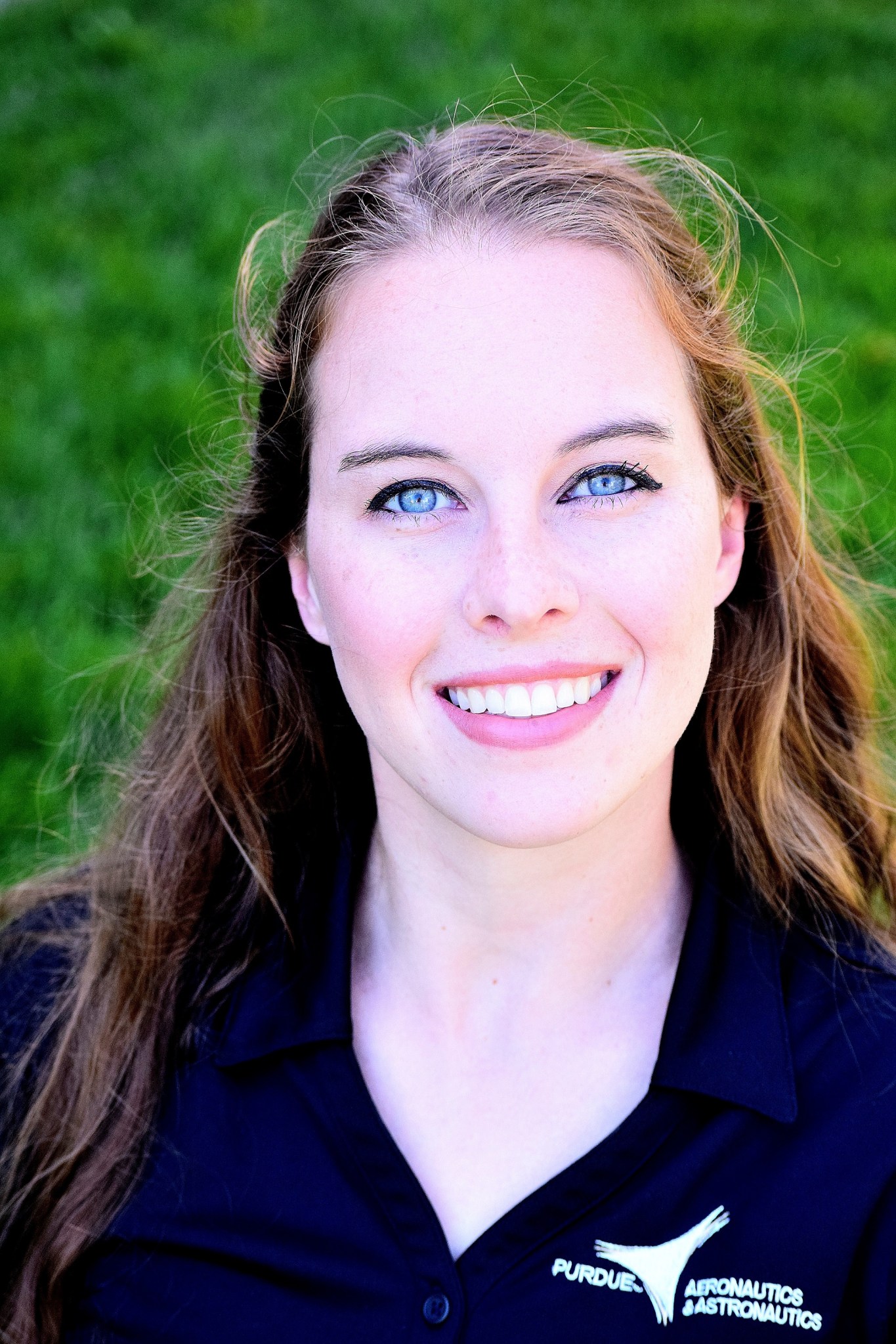Jenna Humble
Purdue University
This project looks to investigate the modeling of rotational detonation engines (RDE). RDEs are an alternative engine cycle to conventional liquid rocket engines, constant pressure combustion cycle. These engines operate by inducing a detonation wave within a combustion annulus. The wave circles the annulus creating constant, but non-uniform thrust. Because combustion occurs via detonation as opposed to constant pressure deflagration, the RDE cycle has the potential to extract more work from the combustion process and operate at higher combustion efficiencies than current engines.
While detonation behavior is relatively well known, the understanding of RDEs in the area of engine geometry effects and transient effects on detonation wave propagation and engine performance is relatively low. Previous modeling conducted in this area consists of three dimensional, high fidelity, high computationally intensive models which, due to the long run times and high computational cost, limit their use for characterizing the engine cycle across wide ranges of geometry and operating conditions.
This project proposes to create a quasi-one dimensional model for rotational detonation engines that can produce results in under one hour in a modern computational environment typically found in industrial and university sites. This model would allow engine designers to explore the effects on performance of changing engine geometry and to investigate the engine transient response for a given engine geometry.
This project will be conducted in two phases: steady state modeling and transient modeling. In each phase, engine operational phenomena such as injector backflow and manifold acoustics will be systematically implement in a central model to determine the minimum physics fidelity required to accurately predict the performance of the modeled engine configuration. Accuracy of the model will be determined by comparing model outputs to experimental test results from ongoing testing at Purdue’s Zucrow Labratories. NASA expertise will assist in the identification of critical operation phenomena and in determining the implementation method for said phenomena.


























